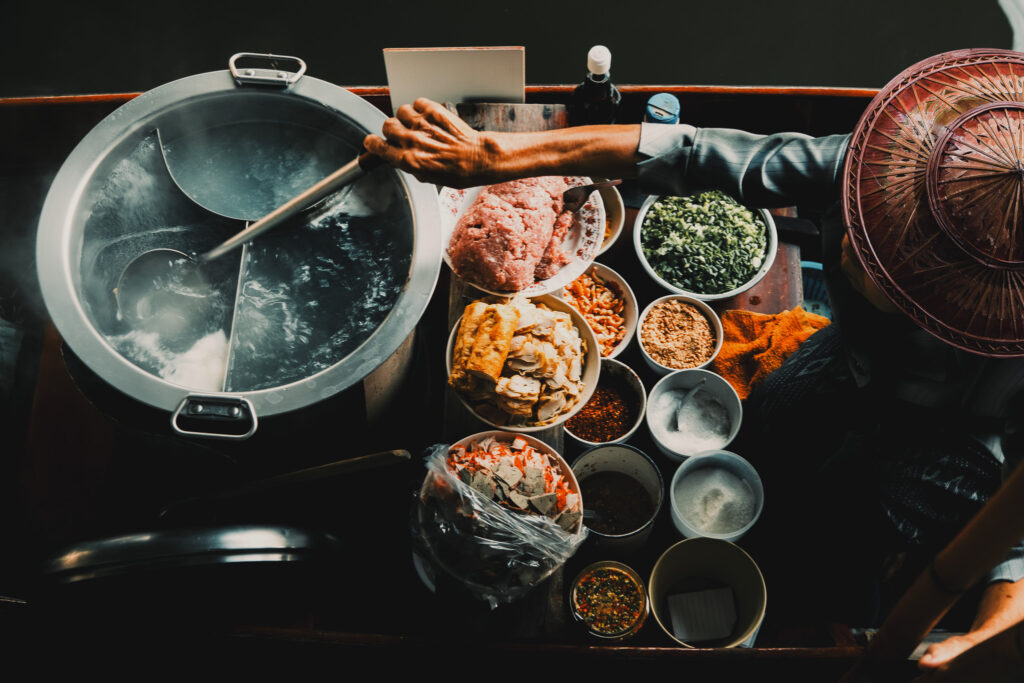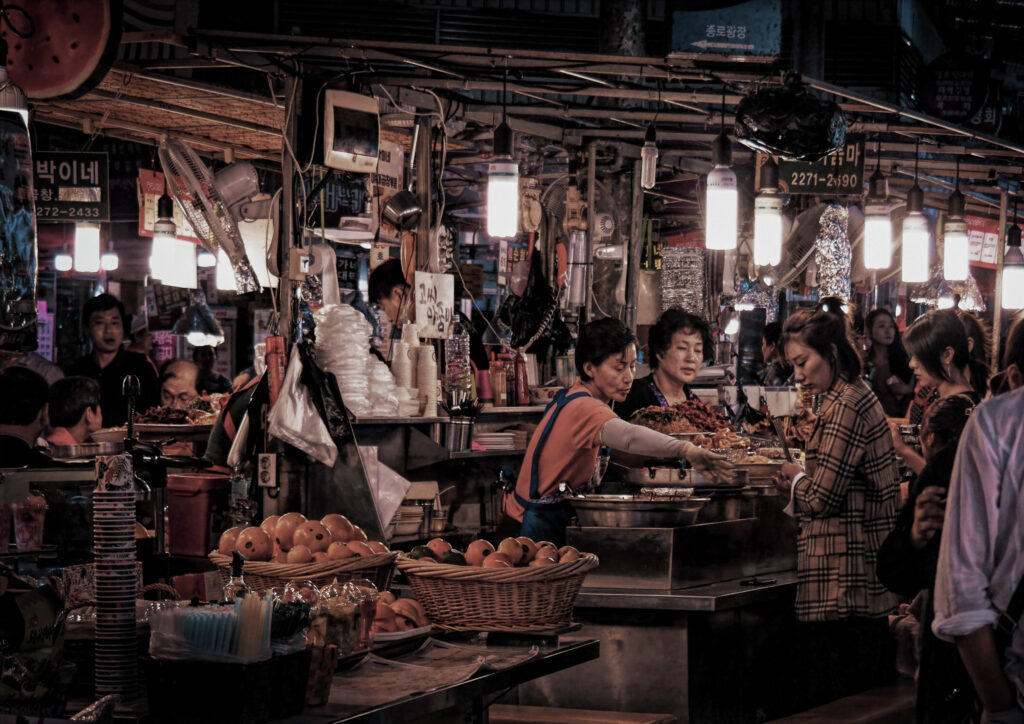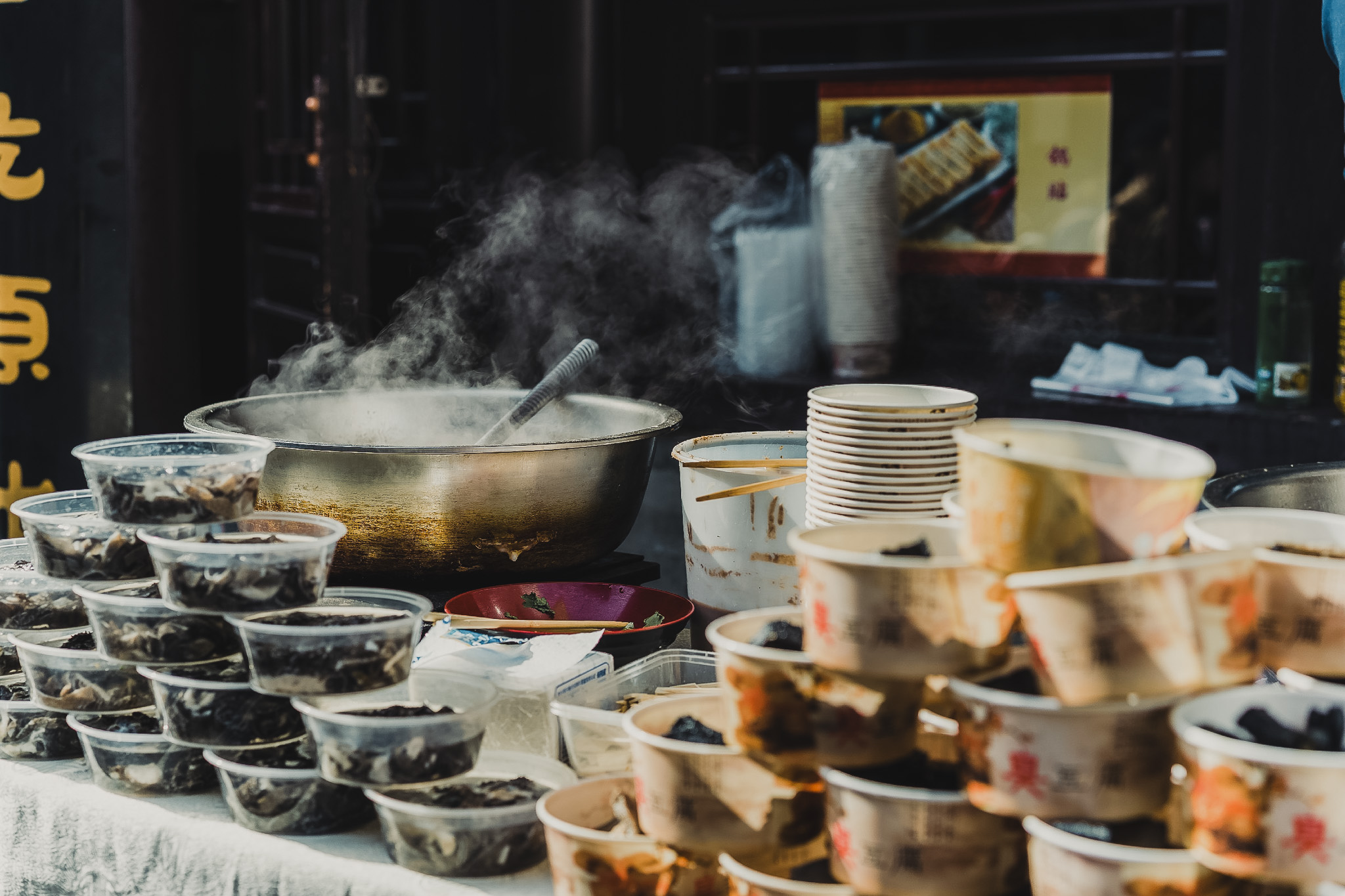Asia’s street food scene is a vibrant tapestry of flavors, aromas, and cultural immersion that captivates travelers from around the world. From the sizzling woks of Bangkok’s night markets to the steaming dumplings in Hong Kong’s bustling alleys, street food offers an affordable gateway to authentic local cuisine. Globally, an estimated 2.5 billion people consume street food daily, with many in Asia relying on it for convenient, nutritious meals. This informal industry not only fuels economic growth by providing employment opportunities—particularly for women and migrant workers—but also preserves culinary traditions that might otherwise fade in the rush toward modernization. Yet, amid the excitement, safety remains a key concern. By blending the thrill of discovery with practical precautions, you can enjoy these culinary delights without compromising your health.
The Allure of Asia’s Street Food: Why It’s Irresistibly Delicious
What makes street food in Asia so enchanting? It’s the perfect storm of accessibility, competition, and cultural depth. In Thailand, for instance, the low barrier to entry allows talented home cooks to set up shop with minimal investment, flooding markets with high-quality options. This fosters fierce competition—everyone from locals to tourists is a discerning foodie, pushing vendors to perfect their craft. The result? Dishes that burst with freshness, like vegetables and meats kept on ice before being transformed into pad thai or som tam. Prices are a fraction of what you’d pay elsewhere; a satisfying meal in Bangkok might cost one-seventh of a comparable one in a U.S. city like Chicago, making it accessible to all budgets.
Beyond affordability, street food immerses you in the heartbeat of a destination. Picture sharing a plastic stool with locals at a Hangzhou market stall, sampling seasonal fruits and vegetables that are picked at peak ripeness for maximum nutrition and flavor. Or in Hong Kong, discovering hidden gems where vendors whip up congee or fish balls with herbs and lean proteins that reflect the region’s emphasis on fresh, unprocessed ingredients. This variety caters to every palate, from spicy curries to subtle stir-fries, and supports independent entrepreneurs, adding a layer of social satisfaction to each bite. Street food isn’t just sustenance—it’s a social equalizer, enjoyed by businessmen and laborers alike, and a window into evolving lifestyles where busy urbanites opt for quick, ready-to-eat options over home cooking.

Navigating Safety: How to Eat Street Food Without the Risks
While street food’s reputation for poor hygiene persists in some circles, evidence shows it’s often no riskier than restaurant fare, with documented food poisoning cases surprisingly low and comparable across both. Still, potential hazards like microbiological contamination from water, utensils, or improper storage exist, especially in informal settings. The good news? With informed choices, you can minimize these risks. Government health organizations like the U.S. Centers for Disease Control and Prevention (CDC) and the World Health Organization (WHO) provide clear guidelines to help travelers stay safe.
Start with Research
Before diving in, familiarize yourself with local dishes, ingredients, and common allergens. To be fully prepared while traveling, consider services like Frontline Global, which offers 24/7 crisis response, medical evacuation, and emergency assistance worldwide. Joining a food tour or neighborhood walk can demystify preparation methods and teach you how to communicate dietary needs effectively. The CDC advises avoiding street vendors altogether if possible, but if the temptation is too great, stick to fully cooked foods served piping hot—heat kills most bacteria. Opt for busy stalls where high turnover ensures freshness, and watch the food being prepared to gauge hygiene practices, such as vendors using clean utensils and safe water sources.
The WHO’s Regional Code of Hygienic Practice for Street-Vended Foods in Asia emphasizes vendor education on sanitation, including access to treated water and proper storage to prevent contamination. In countries like Thailand, India, Vietnam, and Taiwan, regulations require vendors to follow hygienic standards, though enforcement varies. To align with these, choose vendors who keep raw ingredients on ice and avoid those with questionable water quality—boiled or bottled drinks are safer than tap water or ice. For added control, consider accommodations with kitchenettes, like serviced apartments in Bangkok or Hong Kong, where you can recreate street-inspired meals using market-fresh produce.
Focus on Nutrient-Rich Choices
Lean toward seasonal, locally sourced fruits and vegetables, which are less likely to be contaminated and pack more vitamins. The WHO’s Framework for Action on Food Safety in South-East Asia promotes risk-based inspections and better data collection to enhance overall safety, underscoring that cumulative exposure to contaminants matters more than isolated meals. If you have health concerns, explore organic or vegetarian options at local eateries to build connections with providers who prioritize quality.

Embracing the Experience Responsibly
Asia’s street food is more than a meal—it’s an adventure that connects you to communities and traditions while offering unbeatable value and taste. By heeding safety tips from experts and choosing wisely, you can indulge without worry. Whether you’re slurping noodles in Thailand or nibbling skewers in China, remember: the key to a memorable trip lies in balancing excitement with caution. Safe travels and happy eating!








